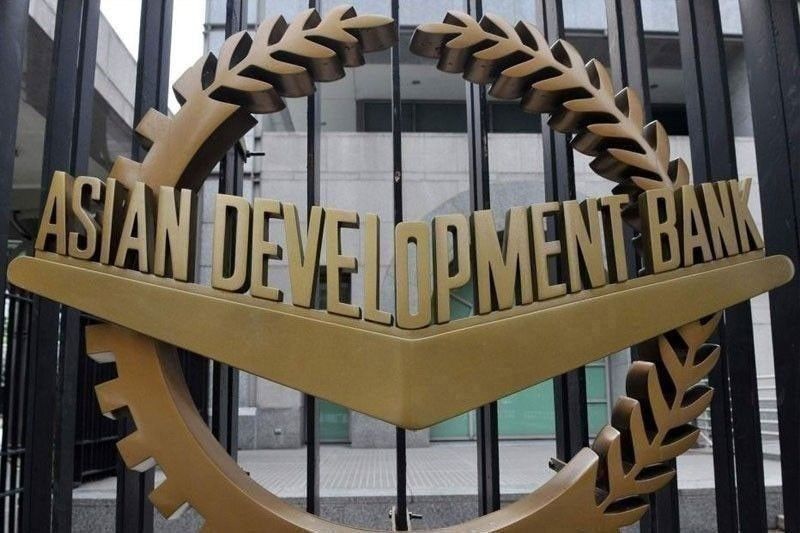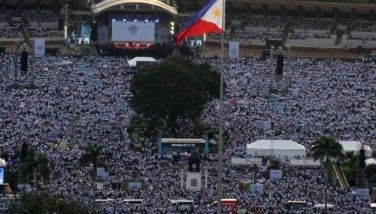ADB hikes Philippine growth forecast to 7.4% this year

MANILA, Philippines — The Asian Development Bank (ADB) has raised its gross domestic product (GDP) forecast for the Philippines this year, following the country’s surprisingly strong economic performance in the third quarter, but it expects growth to slow next year.
In the ADB’s Asian Development Outlook Supplement for December released yesterday, the multilateral lender said it now expects the Philippine economy to grow by 7.4 percent this year, higher than the 6.5 percent forecast it provided last September.
ADB Philippines country director Kelly Bird said in a briefing yesterday that the revised forecast comes as the country’s economic performance has, so far, shattered all of the projections for the year.
“The 2022 growth forecast for the Philippines is revised up after domestic demand spurred Q3 (third quarter) growth above expectations,” the ADB said.
The Philippine economy grew by 7.6 percent in the third quarter, beating analysts’ expectations of a slowdown, driven by private consumption and investment. This brought average growth in the January to September period this year to 7.7 percent.
Based on ADB’s revised GDP forecast for the Philippines for this year, the country is expected to post the second fastest growth in Southeast Asia, with Vietnam seen to lead and grow by 7.5 percent.
ADB’s new GDP growth forecast for the Philippines is in the upper part of the government’s 6.5 to 7.5 percent growth target for the year.
“Rising employment, tourism recovery, expanding production and retail sales, and public investment will continue to support growth,” the ADB said.
For next year, however, Bird said the ADB has trimmed its GDP growth forecast for the Philippines to six percent from 6.3 percent, previously.
Given ADB’s GDP growth forecast for next year, the Philippines is expected to have the second highest growth in Southeast Asia next to Vietnam, which is projected to grow by 6.3 percent.
ADB’s forecast for Philippine GDP growth next year is at the low end of the government’s goal of six to seven percent growth.
“There are downside risks to growth in 2023, including inflation stickiness, further increases in interest rates, and a sharper than expected slowdown in GDP growth in advanced countries,” Bird said.
If inflation remains elevated, he said this could lead to slower household spending and growth.
ADB has hiked its inflation forecast for the country for this year to 5.7 percent from 5.3 percent, previously.
The country’s headline inflation rate hit a 14-year high of eight percent in November, due to increases in food prices. For the January to November period, inflation averaged 5.6 percent.
For next year, ADB kept the inflation forecast for the country at 4.3 percent.
Bird said an escalation of the conflict between Russia and Ukraine is another downside risk to growth next year.
While the ADB downgraded its GDP forecast for the Philippines for next year, he said the six percent growth is still considered a remarkable performance and is close to the country’s long term potential growth rate.
For Southeast Asia, the ADB raised its growth forecast for this year to 5.5 percent from the previous 5.1 percent, citing the upgraded forecasts for the Philippines, Malaysia, Thailand, and Vietnam.
“Stronger consumption, exports, and services, particularly for tourism, lifted growth forecasts for these economies,” the ADB said.
It said such growth rates, however, are unlikely to be maintained as global demand weakens.
It said GDP growth in Southeast Asia could slow to 4.7 percent in 2023 from its previous forecast of five percent.
“Consumer and business confidence are likely to be affected by high inflation and rising interest rates, while government spending may be curtailed under constrained public finances,” the ADB said.
- Latest
- Trending




























